#chinmoku no parade
Text
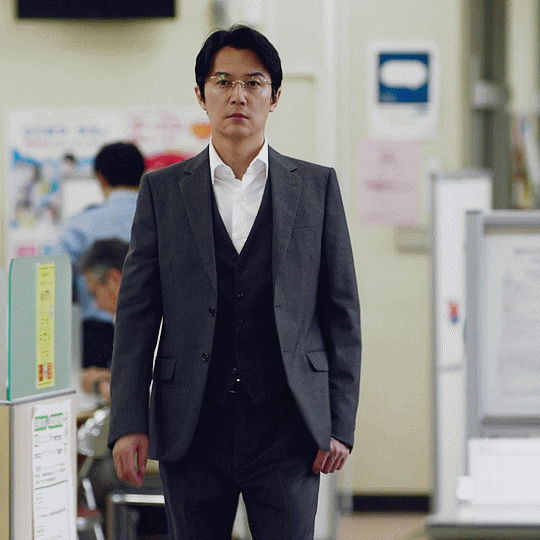

10 notes
·
View notes
Photo
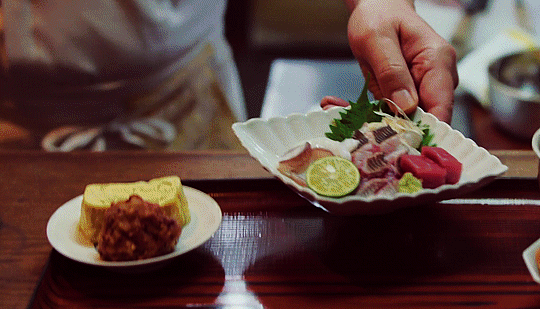


Silent Parade (2022) dir. Hiroshi Nishitani
5 notes
·
View notes
Link
an official translation!
Fukuyama: When she’s in her musical mode, Ms. Shibasaki’s voice becomes naked, so to speak. Unlike in a play, the voice is not that of someone acting, but then neither is it the controlled voice of a singer who only specializes in singing. People who can produce that kind of “in-between” voice are very rare. Probably only Ms. Shibasaki and myself. (laughs)
:0
#galileo#fukuyama masaharu#shibasaki ko#koh+#silent parade#artistic flattering by fukayama masaharu#basically “ko-chan and i are the best in japan”#only a superstar can say this without repercussions
8 notes
·
View notes
Text
Twice - Dance Again Lyrics
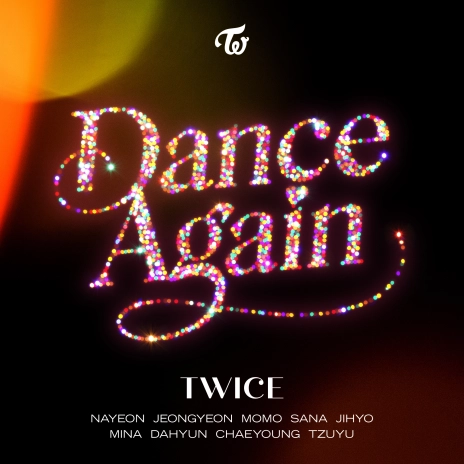
Twice - Dance Again Lyrics is a sweet song from the group songstress Twice. Enjoy the song as they take you on a good music journey.

Twice - Dance Again Lyrics
Twice - Dance Again Lyrics
Intro
Ah-ah-ah, ooh
Verse 1: Sana & Jeongyeon
Yeah, shimo tsuita window
Kimi o I'm waiting for
Kokoro ga hora dance again (Again)
Konya wa feel so cold
Furidasu white snow
Mou machiwabita moment
Pre-Chorus: Tzuyu, Mina & Chaeyoung
Sou yakusoku no jikan wa
Mousugu soko made
Junbi fusoku nante nai wa
Everything is all okay
Yes, now let's start it
Chorus: Nayeon & Jihyo
Here we dance again
Warai atte itai ne
Hoshi mo just like a parade
Here we dance again
Yoakemade shiawase
Afure dasu wa perfect
Post-Chorus: Chaeyoung
Da-la-da-da-dancing
Da-la-da-da-dance again
Da-la-da-da-dancing
Verse 2: Momo & Dahyun
Kono kisetsude wa atarimaedatta
Together we've come here (Ah; Together we've comе here)
Mukashibanashi mo hana sakaseta no
Namida shi chau kurai ni warai atta nе
Pre-Chorus: Mina, Tzuyu & Jeongyeon
Owari ni chikadzuitara
Chinmoku ga fuete itte (Oh, everyone keep a silence)
Tsudzukeba ii kon na shunkan
Negaunara don't stay
Yes, keep on going
Chorus: Jihyo & Nayeon
Here we dance again
Warai atte itai ne
Hoshi mo just like a parade
Here we dance again
Yoakemade shiawase
Afure dasu wa perfect
Post-Chorus: Sana
Da-la-da-da-dancing
Da-la-da-da-dance again
Da-la-da-da-dancing (Dance again, just dancing)
Da-la-da-da-dancing
Da-la-da-da-dance again
Da-la-da-da-dancing
Bridge: Chaeyoung, Dahyun, Jeongyeon, Jihyo & Nayeon
Kiseki nanka janai (Oh-oh, oh-oh-oh)
Sugosu wa precious time
Kasaneta te to te wa
Hanasanai yo tonight
Seinaru kon'na shunkan datte
Oh, we don't need any presents
Yes, now let's start it (Let's start it)
Chorus: Nayeon & Jihyo
Here we dance again (Ooh-ooh-ooh)
Warai atte itai ne
Hoshi mo just like a parade (Oh)
Here we dance again (Yeah, yeah)
Yoakemade shiawase
Afure dasu wa perfect
Post-Chorus: Mina & Jihyo
Da-la-da-da-dancing
Da-la-da-da-dance again
Da-la-da-da-dancing
Da-la-da-da-dancing
Da-la-da-da-dance again
Da-la-da-da-dancing
Together, we can dance again
Read the full article
0 notes
Text
Blog entry #10
1. Today’s Japan is very much like the West. The Japanese wear jeans and T-shirts, listen to Hip Hop, dance at the club to the dance music, sit on the couch, etc. In modern Japan, geisha in Kyoto Gion district symbolize the old, traditional Japan. What kind of arts and lifestyle of traditional Japan does geisha, “a person of art,” maintain and practice?
Geisha, physically, maintain and practice the art of stringed instruments, fan dances, tea ceremony, and refined appearance. Mentally, they strive to master the art of temptation while maintaining chastity. They appear to perform primarily for men of power, while they do business in Japan.
2. Considering Bigaku, the Japanese sense of aware means “people are aware of the beauty of full blossoms, of course, but are more touched and deeply moved when these blooms are falling or beginning to wilt” (p.37). Can you find a moment in which you can relate to this Japanese aware in your life? Describe your example and experience. Explain the reasons why you think so.
Since I cannot relate much to the beauty of the flower in bloom, I appreciate more the change between the hibernating plant and bloom, or the shedding of the pedals. It is this ability to change that is most precious. A cloudless sky is not beautiful either, it’s the rarity of a cloudless sky or thunderstorm that is beautiful. This is the American appreciation of novelty at work, it is inherently unsustainable.
3. Comparing with the other Japanese films we have watched in this class, in Memoirs of Geisha, do you think it lost ma or aware because they speak English? Why? Why not? Explain the reasons why you think so.
The most noticeable difference is the lack of Chinmoku, but aware is also lost because beauty is explicitly defined as an art of the Geisha – until it is revealed that they are often as exploited as any other women. Ambiguity is somewhat preserved because these things are not revealed all at once.
4. Considering Kisetsu, are there any events (e.g. Tanabata, Omisoka, etc) where you appreciate Kisetsu in the U.S.? Find one and explain what it is. If you were Japanese, how would you enjoy the events differently from Americans.
I think northeast America is lucky in that we have a beautiful fall season that is easily visible in the trees along many of our rural highways. Some parades and feasts are peppered through autumn. The transition to spring is mostly marked with strong winds and thunderstorms. There is beauty in this, but very few celebrations seem to accompany it. If I were a traditional Japanese citizen, I think I would be more focused on the change of the seasons than the feasting and football.
5. Considering Otogibanashi, in the film, can you discover “sense of emotional beauty, of a feeling of aware, which embodied in feelings such as patience and pity” (p.172). Describe the film and explain why you think so.
There is some emotional beauty in the tragedy that the main character experiences, but only through contrast with her eventual happiness with the kind man on the bridge. I felt pity for her through most of the movie, as her highest aspirations still put her in a position to be abused despite her patience.
6. Explain Wabi-Sabi with your own words. Compare the sense of aesthetics in your country with the notion of Wabi-Sabi in Japan.
This sense of beauty through elegance is very appealing to me, as it seems to be a form of functionalism. While function is highly valued in the United States, this desire is typically satisfied by marketing products with as many functions as possible. This often results in luke-warm performance in all areas. In Japan, while a teapot may only be good for one thing – it is well made and serves its purpose without being distracting.
7. In the film, what scenes do you see Wabi-Sabi? Describe the scenes and explain why you think so.
There is some Wabi-Sabi in the art of the Geisha - they roll serving, entertainment, and temptation into one being. This is an elegant design, however, it is also flamboyant. Wabi-Sabi is shown most in the attitudes of the characters, they are very one-note in their aspirations and show little change (Pumpkin aside) while being excellent at what they do. ‘Mama’ is a great manager, but she never learns sympathy. The main character wants to become a Geisha as soon as she is convinced it is a good life (and becomes good at it), yet she never changes her mind once she learns that to be Geisha is to be happy with half a loaf.
8. Movie- how did Hatsumomo end up? What is the relationship between Sayuri and Chairman at the end? Do you think Sayuri is happy about the her life or not? Why do you think so?
She was ‘used up’ by the end of the movie and her jealousy led her to burn down part of the Geisha house. We can presume Hatsumomo left town for simple work, died, or sought out her boyfriend from earlier in the movie. Both Sayuri and the Chairman appear to be damaged by the end of the movie, although it’s unclear how the story could have worked out any other way – given Sayuri’s age when they first met.
9. Movie-Who did Okaasan adapt? What do you think Pumpkin’s life?
I think Pumpkin did the best she could with her limited resources. Given the war that took place near the end of the film, it’s remarkable that she was able to become so successful as an escort – although she dishonors the Geisha by doing this.
10. What Japanese key concepts that we have learned did you see in this film? Explain why you think so.
Wabi-sabi was lightly demonstrated in the elegance of the Geisha. Aware is the main concept on the stage here. Throughout the tragic story of Sayuri’s life (loss of family, beatings, molestation), she retains an outward beauty and hope. Her persistence (gambari) is rewarded when she meets the nice man from the bridge again.
11. What do you think about the movie overall? Share your personal opinions.
I found the emphasis on servile women to be distracting, but the biggest flaw was that the main character was completely un-relatable. She had no aspirations to actually produce a good life for herself, she was simply following instructions and constantly over-trusting others. Her romance with the man on the bridge seems implausible, given their age difference. The film was certainly informative, in the sense that it gives context for Japanese tradition prior to WWII. It is also a firm reminder of the way that Europe and people of European descent have exploited other cultures.
1 note
·
View note
Text



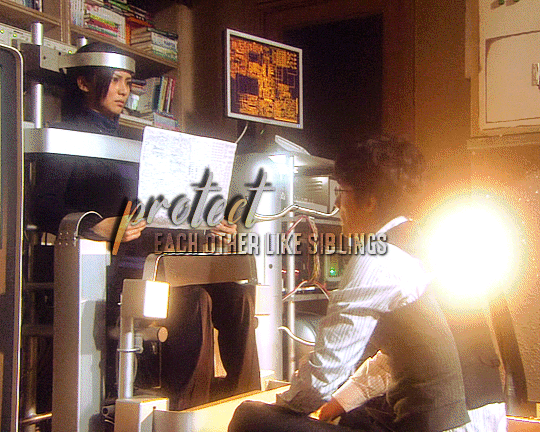

All the signs, there.
#tantei galileo#yukaoru#yukawa manabu#utsumi kaoru#tg: mine: gif#chinmoku no parade#s01e02#s01e03#s01e10#i was unable to find attribution for the text#*sigh*#however in going to find the text for it i saw this version 'flirt like first love' as compared to 'flirt like lovers' and sporfled so hard#i would have gone with the blowing soap bubbles scene but utsumi's brand of flirting was more relevant
8 notes
·
View notes
Text
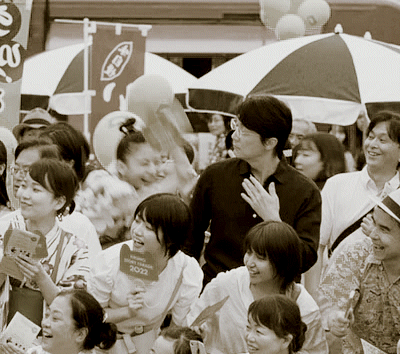



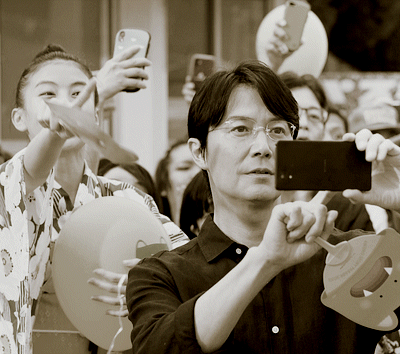

#tantei galileo#chinmoku no parade#tg: mine: gif#fukuyama masaharu#yukawa manabu#deguchi natsuki#namiki natsumi#so sad utsumi never gets to see any of this
7 notes
·
View notes
Text


this is a gift, it comes with a price.
who is the lamb and who is the knife?
#tantei galileo#utsumi kaoru#yukawa manabu#tg: mine: gif#s01e10#chinmoku no parade#words by florence and the machine
2 notes
·
View notes
Photo


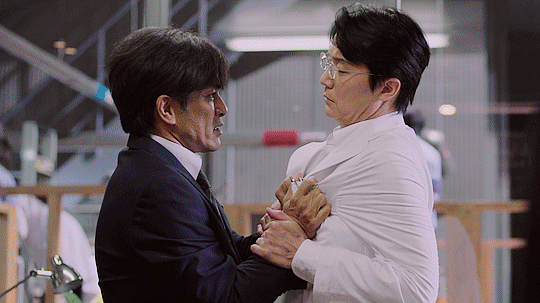
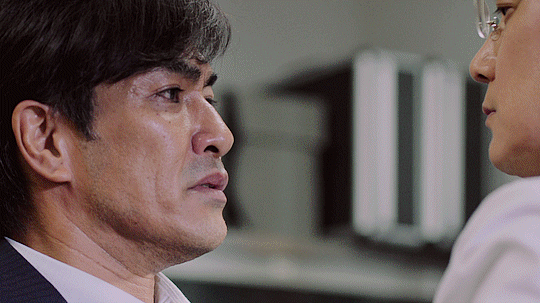

#tantei galileo#chinmoku no parade#yukawa manabu#kusanagi shunpei#tg: mine: gif#hand holding#of a sort#chinpare spoilers
12 notes
·
View notes
Photo
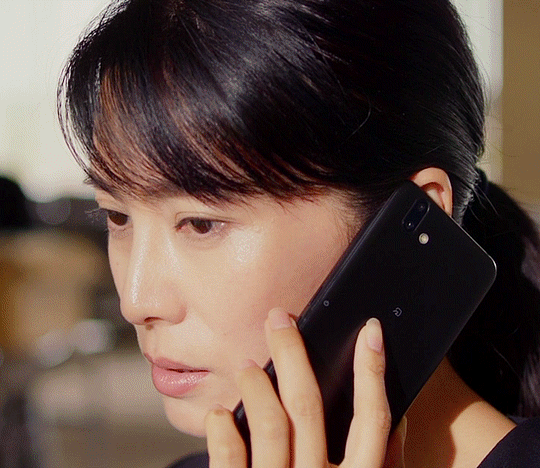

- How’s Kusanagi?
...
- He’s grateful to his best friend.
#tantei galileo#chinmoku no parade#utsumi kaoru#yukawa manabu#i could write so much meta off of these two microexpressions#especially yukawa's little twitch there; like he's not quite sure if what he should be feeling is happiness#like his first impulse is to question utsumi's statement#like he's thinking:#'i did it for you utsumi because once again you pushed me out of my comfortable place and reminded me of what's important'#they are still two people speaking in icebergs#is kusanagi grateful? most likely#is utsumi also taking it on herself to forge peace for kusanagi? that's one read#she's also quite content that yukawa seems to care enough that he asked#is she also saying she herself is grateful that yukawa listened to her? oh definitely#at least that's how i see it#at some point i'll be trying to close-read utsumi and yukawa's responses to each other in silent parade#but thinking about it right now is bittersweet#tg: mine: gif
7 notes
·
View notes
Photo

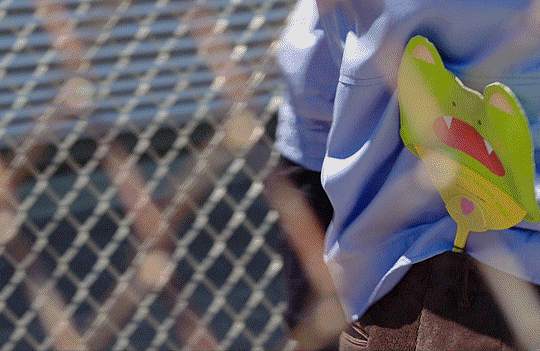



My favorite interaction between Utsumi and Yukawa in an entire film full of good moments.
#tantei galileo#chinmoku no parade#utsumi kaoru#yukawa manabu#tg: mine: gif#and this is only a tiny quick bit of this scene#pure gold#yukawa is so quick to turn around at utsumi's giggling#and she is giggling; it's delightful#it's hilarious that this scene was written this way#especially since we see another kikunon fan in yukawa's office directly after#chinpare spoilers
11 notes
·
View notes
Photo
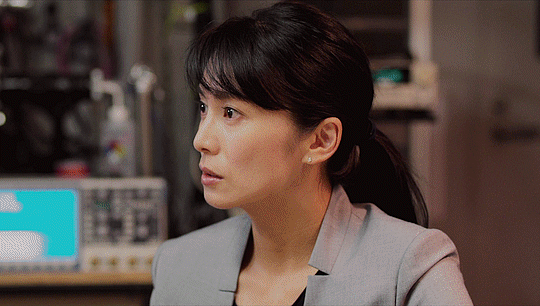

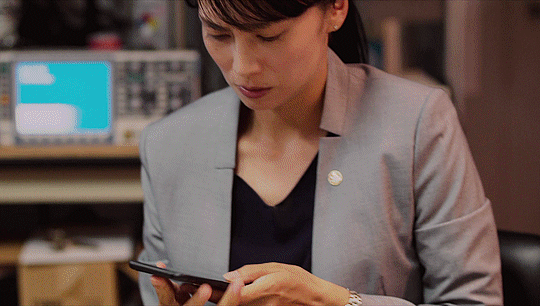
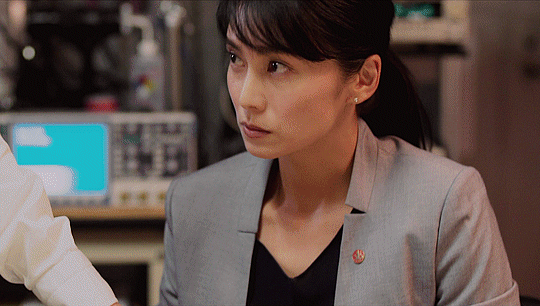
-- Has Kusanagi-san heard about this yet?
-- Not yet.
#tantei galileo#chinmoku no parade#utsumi kaoru#yukawa manabu#yukaoru#chinpare spoilers#tg: mine: gif#translation:mine#hand holding#of a sort#her double take as she registers his obstruction#the moment she decides to do what he wants#analogous to the moment in the book when she doesn't question a request of his
7 notes
·
View notes
Photo
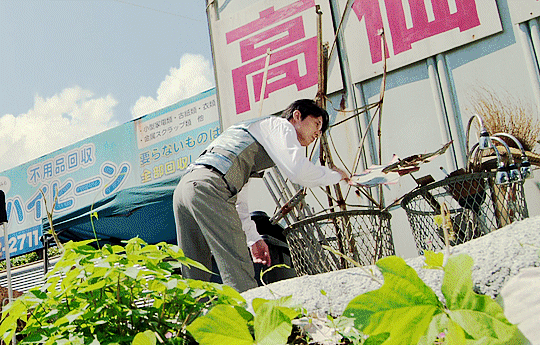

You can almost see the equations he’s formulating.
#tantei galileo#chinmoku no parade#yukawa manabu#tg: mine: gif#tell me this is in the script#we all know the films don't have yukawa's eureka moments for a reason but i can't help but think this is a bit of a nod to that...#in a very roundabout manner#chinpare spoilers
7 notes
·
View notes
Photo


Yukawa vs. summer (Yukawa wins).
#tantei galileo#chinmoku no parade#yukawa manabu#tg: mine: gif#he's hiding his rabbit teeth and it's adorable#oh look he also hits himself on the collar with the fan#he looks much happier than he did during the events of kindan hmm#taking a break with gifs now until later this month#chinpare spoilers#the next post will lack the spoiler tag
5 notes
·
View notes
Text


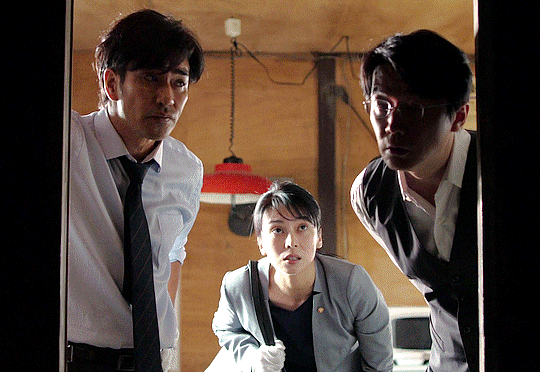
-- May I go in?
-- Yeah.
#tantei galileo#chinmoku no parade#kusanagi shunpei#utsumi kaoru#yukawa manabu#tg: mine: gif#chinpare spoilers#translating from the japanese subs#framing lovely framing
5 notes
·
View notes
Photo





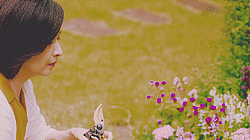


Do you think the truth only brings unhappiness?
(Chinmoku no Parade, 2022)
#tantei galileo#chinmoku no parade#silent parade#jmovieedit#tg: mine: gif#042408#there are many other tiny details of the color yellow in the film; much more than focused on here
3 notes
·
View notes